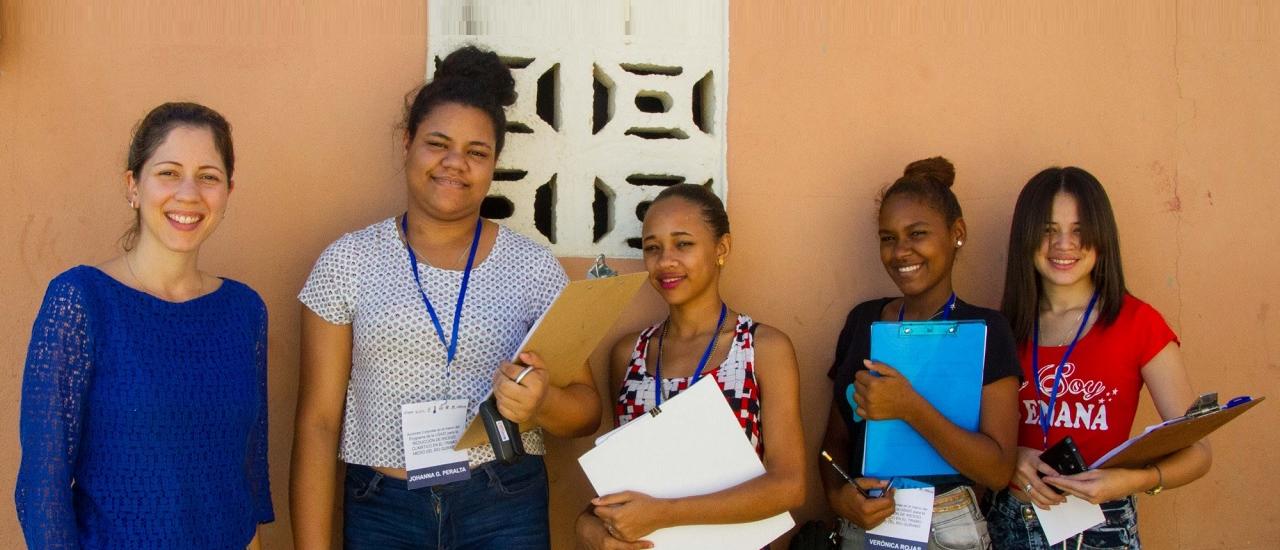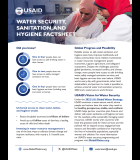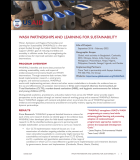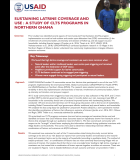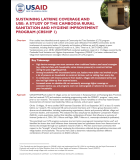Carola Piña was ashamed to have visitors. The single mom and her two teenage sons shared a one-bedroom house with a collapsed sewage septic system that left them exposed to wastewater. “We just could not endure the stench,” she says. “Not us, not our neighbors.”
Thousands of families in the Dominican Republic face problems like this. Only 25 percent of households are connected to regulated wastewater and sewage services. Some households use septic systems in various states of repair, like Piña, and many others discharge their wastewater directly into streams, rivers, or bays. This is a large enough problem most of the year, but even more so during large storms.
“We have kids playing in the river, we have people using the water downstream,” explains Erick Conde, project management specialist with USAID/Dominican Republic’s Agriculture and Environment Office. “So when we have increased flow rates and when we have flooding events, all of that wastewater is actually mixed up with the rainwater, and communities and houses get flooded with dirty or untreated water.”
Read the full article in Global Waters Stories (on Medium).


